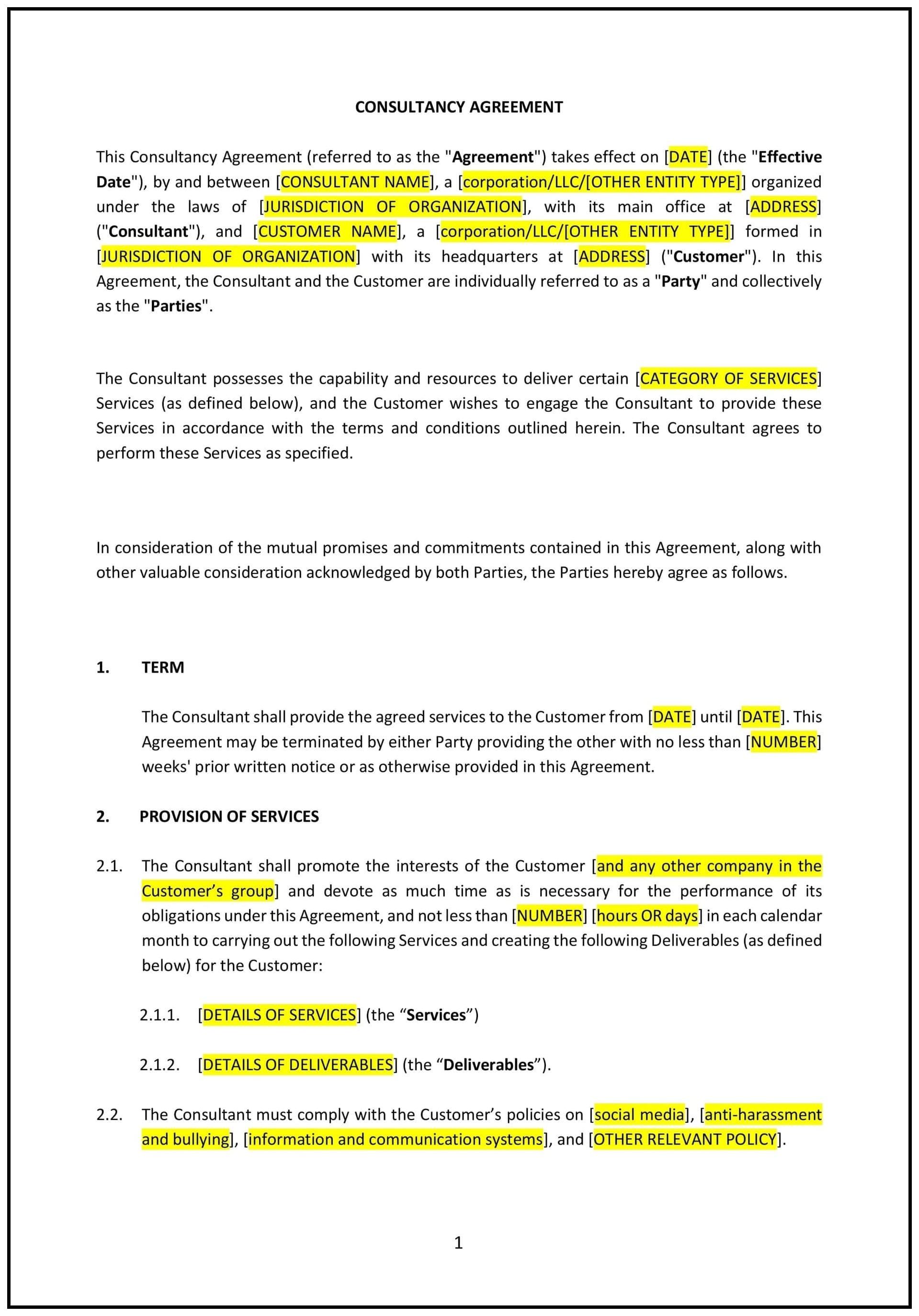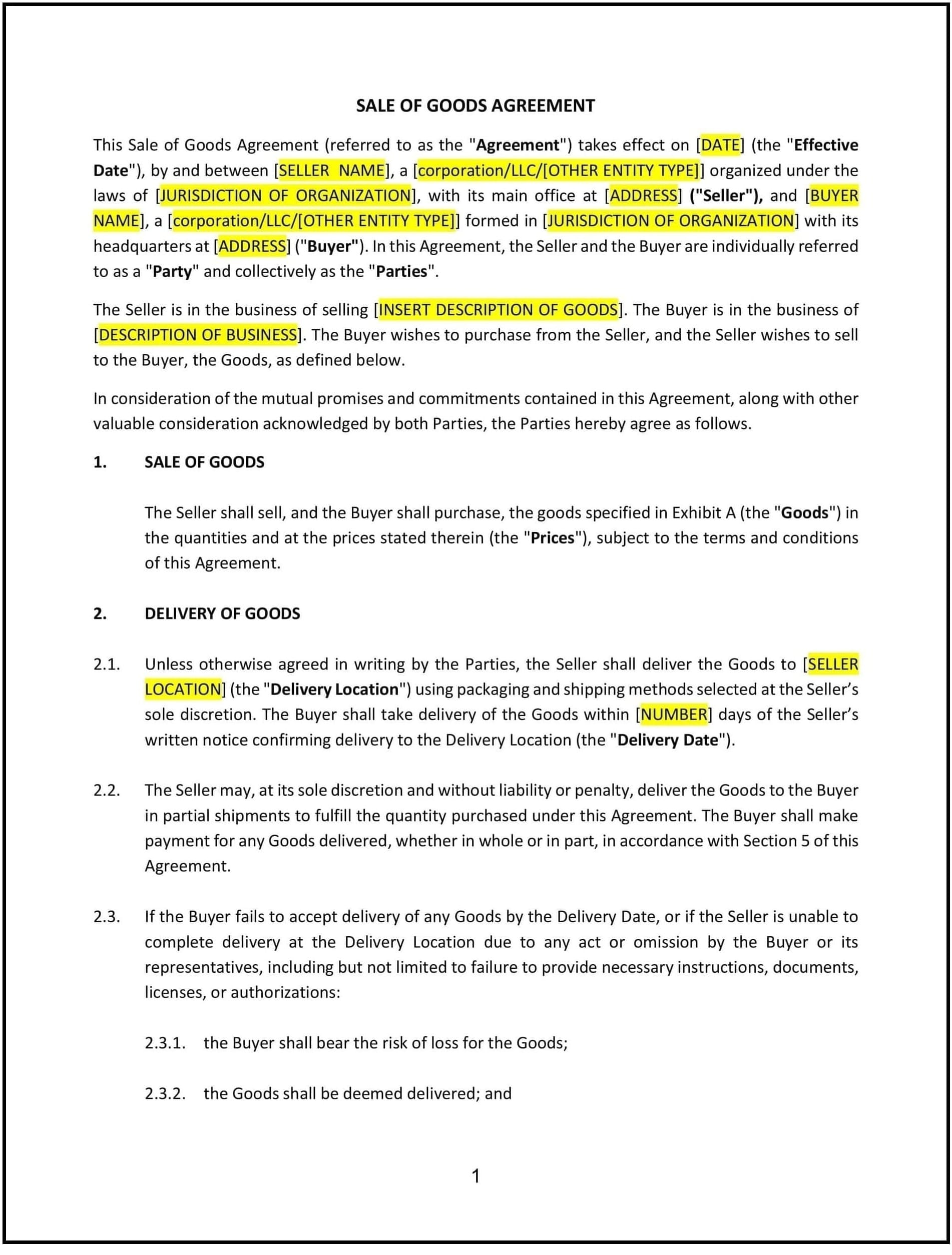Patent License Agreement (Iowa): Free template
Patent License Agreement (Iowa)
A Patent License Agreement is a legal contract between the owner of a patent (the "Licensor") and another party (the "Licensee"), granting the Licensee the right to use, manufacture, or sell the patented invention under specific terms and conditions. In Iowa, this agreement must comply with state laws regarding contracts, intellectual property, and business transactions. A well-drafted agreement ensures clarity, minimizes disputes, and protects both parties' interests.
For example, an agricultural technology company in Des Moines might license its patented farming equipment to a distributor in Cedar Rapids. A clear Patent License Agreement specifies the scope of the license, payment terms, confidentiality, and other critical details.
Tips for drafting and maintaining a Patent License Agreement in Iowa
- Identify the parties: Clearly specify the names, contact information, and roles of both the Licensor and the Licensee.
- Example: “This Patent License Agreement is entered into by [Licensor Name], located at [Address], and [Licensee Name], located at [Address].”
- Define the patent: Clearly describe the patent being licensed, including the patent number, title, and any related intellectual property.
- Example: “The Licensor owns U.S. Patent No. [Patent Number], titled [Title of Patent], which relates to [Brief Description of the Invention].”
- Specify the grant of license: Outline the type of license being granted (exclusive, non-exclusive, or sole) and the scope of the license.
- Example: “The Licensor grants the Licensee a [Exclusive/Non-Exclusive/Sole] license to use, manufacture, and sell the patented invention within [Territory].”
- Address pricing and payment terms: Outline how the Licensee will compensate the Licensor, including royalties, lump-sum payments, or other financial arrangements.
- Example: “The Licensee shall pay the Licensor a royalty of [Percentage]% of net sales generated from the use of the patented invention, payable quarterly.”
- Include performance standards: Detail any obligations of the Licensee, such as minimum sales targets or quality standards.
- Example: “The Licensee shall maintain a minimum sales volume of [Amount] units per year to retain the license rights.”
- Include confidentiality and data protection: Protect sensitive information shared between the parties during the licensing period.
- Example: “Both parties agree to keep all proprietary and confidential information disclosed during the term of this agreement strictly confidential.”
- Define intellectual property rights: Clarify that the Licensor retains ownership of the patent, and the Licensee only has limited rights as outlined in the agreement.
- Example: “All intellectual property rights associated with the patent remain the sole property of the Licensor.”
- Add liability and indemnification: Clarify each party’s liability in case of errors, damages, or breaches of the agreement.
- Example: “The Licensee shall indemnify the Licensor against any claims arising from the Licensee’s use of the patented invention.”
- Include a termination clause: Specify conditions under which the agreement can be terminated by either party.
- Example: “This agreement may be terminated by either party with [Number] days’ written notice or immediately in the event of a material breach by the other party.”
- Outline governing law and jurisdiction: Ensure the agreement specifies that it is governed by Iowa law and identifies the appropriate courts for dispute resolution.
- Example: “This agreement is governed by the laws of the State of Iowa. Any disputes arising under this agreement shall be resolved in the courts of [County], Iowa.”
- Include signatures: Both parties must sign and date the agreement to make it legally binding.
- Example: “IN WITNESS WHEREOF, the parties have executed this Patent License Agreement as of the date first written above.”
Frequently asked questions (FAQs)
Q: Can a Patent License Agreement in Iowa include provisions for international use of the patent?
A: Yes, the agreement can grant rights for international use, but it should specify the countries where the Licensee is authorized to operate. The Licensor must ensure that the patent is valid and enforceable in those jurisdictions.
Q: What happens if the Licensee develops new applications for the patented technology in Iowa?
A: The agreement should include provisions addressing ownership of new applications or derivative works. Typically, the Licensor retains ownership unless otherwise agreed upon in writing.
Q: How does Iowa law treat royalty disputes in Patent License Agreements?
A: Royalty disputes are generally resolved through the terms outlined in the agreement. If unresolved, they may be litigated in Iowa courts, which will interpret the contract based on state contract law.
Q: Can a Patent License Agreement in Iowa limit the Licensee’s ability to challenge the validity of the patent?
A: While agreements can include clauses prohibiting challenges to the patent’s validity, such provisions may not always be enforceable under federal law. It’s advisable to consult legal counsel when drafting such clauses.
Q: Are there specific reporting requirements for royalties in a Patent License Agreement in Iowa?
A: The agreement should specify reporting requirements, such as regular statements detailing sales figures, royalties owed, and payment schedules. Failure to comply with these requirements may constitute a breach of the agreement.
This article contains general legal information and does not contain legal advice. Cobrief is not a law firm or a substitute for an attorney or law firm. The law is complex and changes often. For legal advice, please ask a lawyer.


